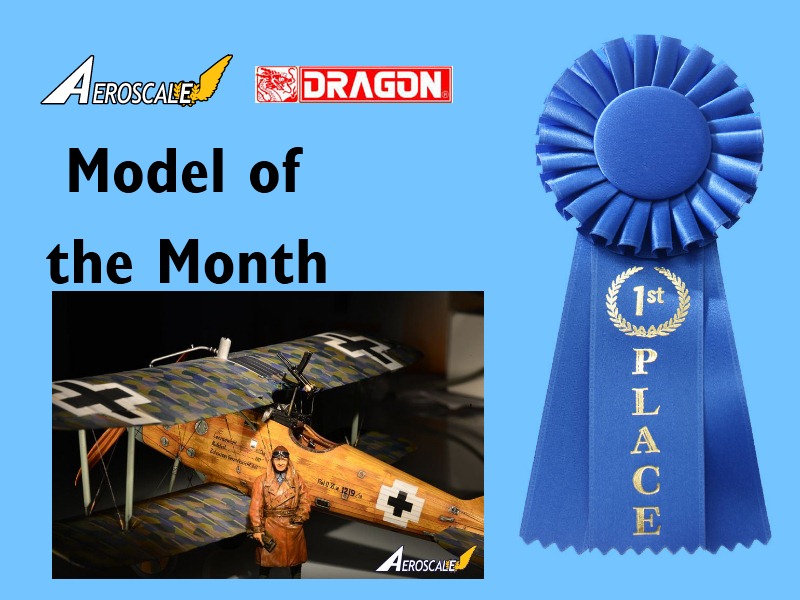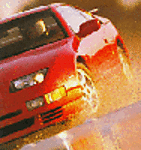Dear all,
First of all my apologies for my silence and this late answer but I was completely unaware of the forum comments on my work. However I was really surprised to read all the nice comments on my Roland.
Well, in my article I described briefly the build, and as some of you wanted to know more about my technique of painting the wood grain, here are some details:
It was not the first time for me to paint wood grain by hand, as I built several ww1 models before - the last one being the Austro-Hungarian seaplane Hansa-Brandenburg CC in 1/48 scale - but the Roland had a very light toned wooden fuselage so it was a great challenge te represent it correctly. I must admit that although I admire products such as Uschi's wood grain decals, I decided to paint the wood grain by hand, just to prove that I can do it at least as good.
To the contrary of other modelers who use acrylic or enamel paints for this job, I chose water based tempera colours, primarily because I was affraid of failing to achieve realistic effects. Tempera could be easily removed with a soft cloth and a bit of water, and the process could be restarted without fear of damaging the model forever. I am also an artist (I produce box covers for Revell) and work with tempera is familiar to me so I was pretty assured that the experiment will end up happily.
It is important for tempera work that the surface is first sprayed with very flat acrylic or enamel base coat - satin or clear shiny finish will make the diluted tempera to "run away" and it would be impossible to paint. So, after the light sand colored base coat has dried, I prepared several shades of brown tempera diluted with water so that it can be easily painted by sharp pointed brush of 0, 00 and 000 sizes. Each plank was then painted by hand taking care to change grain patterns. I simply looked at the photos of the real machine in WNW superb instruction sheet, but I also looked to the wooden floor in my dining room, trying to represent similar patterns. For the zig-zag joints which must be clearly visible on the planks, I made some masks from Tamiya tape cut by a very sharp scalpel knife, and once masked they were painted with airbrush using lighter and darker shades of brown. This didn't turn very well, so I had to correct every such joint with some dark paint and a 000 brush. At first the painted wood grain looked a bit too contrasting in respect to the base coat, but I didn't worry too much about that because I intended to tone down the complete wooden surface with successive coats of satin varnish.
I advise you to wear thin latex gloves while handling the fuselage during the wood grain painting process, to prevent that you accidentally wipe away all that lovely wood detail with your wet fingers before applying the protective varnish.
After the painting of the wood grain structure, I sprayed several protective layers of acrylic transparent paint, all of them being very diluted in order to retain the fine surface details such as nail holes. I added a few drops of reddish brown flat paint in the first layer of flat trqnsparent coat so that after spraying, it effectively toned down the contrast between the base coat and painted wood grain structure. The last layer was a satin one and it effectively protected the fuselage during subsequent building work on the model.
I was quite satisfied with my model, my only regret was that I didn't leave that nice engine opened...
Recently I bought a WNW Roland D.VIb and it will undergo a similar treatment, but this time with an opened engine for inspection.
Regarding my other works I shall post some very soon. Currently I am working on a completepy different project - a scratchbuilt airplane from the pioneer years of Croatian aviation - Szarits No.2 in 1/32 scale.



































